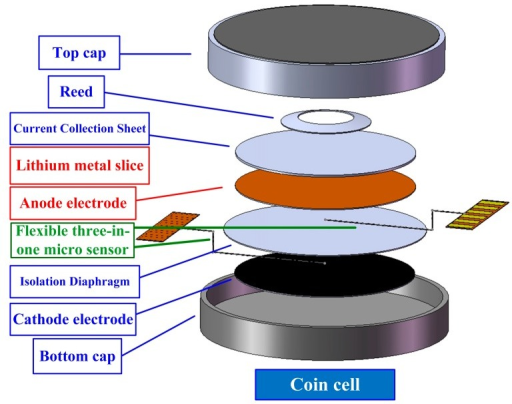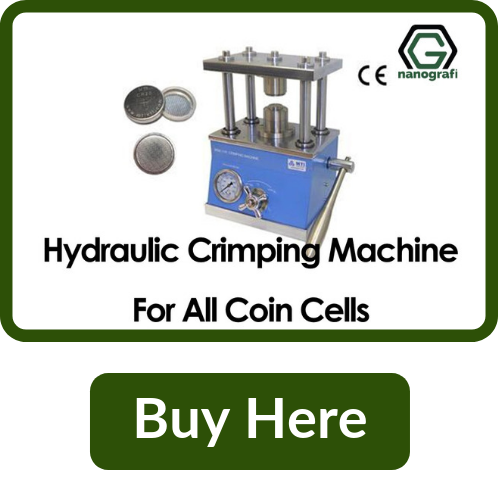A hydraulic crimping machine can be straightforwardly explained as a machine that is designed and used by manufacturers across the world in order to crimp or secure together with a connector to the border most point of a hose. This can be better understood as the attachment of distortable metallic fixtures with segments of both inflexible and pliable hose and tubing. This is done by joining the two ends of a cable (also referred to as the hose) by either crimping one portion or both ends of it.
The advancements in technology that have removed the trouble of individuals having the need to handle these tools have brought about a significant advantage to the modern world. Many of the modern tools that have been designed are extremely light in weight and compact (e.g. hand hydraulic crimper tool). This further eases the task of handling and using it. These machines can also be completely independent and self-contained. Moreover, quicker crimp cycles and more streamlined shaping makes the entire task be conducted extremely efficient. This benefit can be obtained for a significant period of time because of the durability of the machines that are being produced today.
The benefits to individuals that have been mentioned earlier come in the form of reduction of their bodily pressure exerted (to manually pump the hydraulic machine) on the machine. This can alleviate the danger of individuals being diagnosed with repetitive motion injury.
How a Hydraulic Crimping Machine for Coin Cells Works
In general, it can be understood that hydraulic crimp machines are used; towards the task of an attachment of a terminal or contact to an electrical conductor. As opposed to a handheld crimp tool, these machines are used in a complete mechanism cycle where the shut heights of the connector ought to be constant. As is evident, these are put to use in an industrial setting, i.e. factories, and production lines (e.g. mechanical engineering field). Traditional crimping tools required both human effort and also brought about significant costs because of the need to employ an electrical force for the pressurization of the tool. Technological advancements have enabled some of these machine systems to merely require rechargeable batteries.
These machines can vary in; physical proportions (i.e. vertical measurement, depth, and breadth), standards-based capacity, configuration time and time of the complete cycle. The latter varies in accordance with the hose and fitting styles. The tools and dies are marked with color as a means of identification and differentiation. They are used with the relevant accessories (e.g. hydraulic hose). The hoses are categorized according to; liquid, compatibility, physical force and intensity of heat.
The hydraulic crimping machines used in manufacturing plants and large industries (e.g. construction industry, chemical industry, automobile industry, and petroleum industry) are large and are not ideally moved from one location to another on a regular basis.
In modern times, however, crimping machines used in certain industries, such as for coin cells- have been designed in a more lightweight manner. For example, hydraulic crimp machines used for coin cells have been manufactured in smaller sizes. This may be especially possible because of the lower levels of pressure that can be applied in these machines.
This is run using a number of general steps. Sufficient anti-abrasion hydraulic lubricants ought to be used before ensuring that the electrical source and any other prerequisites cited in the performance manual is fulfilled. The extent of pressure applied is regulated by the operator through the scale. The pressure applied is known as swaging and clockwise/anticlockwise adjustments on the scale will decrease and increase the levels of swaging, respectively. Further regulation of the swaging pressure and pressure in the opening mold can be controlled with the help of (two) knobs at the rear of the oil cylinder. According to the largeness of the rubber hose (on which pressure will be exerted), an appropriate mold (with consideration of both the reference table and the relevant locking pipe and mold) should be mounted on the mold base.
Applications of Hydraulic Crimping Machine for Coin Cells
The many types of uses of hydraulic crimping machines have been mentioned briefly above. One of the applications of this machine is for the crimping of coin cells. These crimpers are typically able to seal different types of coin cells, which are of varying sizes using different dies. Additionally, the modern crimping machines have special designs that have made the machine much more lightweight and with smaller prints and several other features that ease operations.
The machines are usually sold with die sets. Users also have the option of purchasing additional die sets in other special sized cases according to their preferences. There would mostly be built in gauges in order to monitor and control pressure. The precision of the dies will further contribute to error-free crimping. They also sometimes have a built-in safety valve which can enable the control of pressure limits. This will help alleviate the possibility of damages. On the note of damage, some machines have an anti-corrosion interior and this would prevent the coin cells from getting damaged as a result of short circuits. Some machines also have an aluminum tray that ought to be placed on the base of the crimper and this will help alleviate the possibility of unfortunate oil leakages. These machines can also be utilized for the purpose of disassembly.
The machines usually come with a warranty for up to one year provided that the user does not utilize the machine irresponsibly (e.g. unsuitable storage conditions, insufficient maintenance measures) and cause, for instance; rust. The design of these machines is also is usually equipped with a hydraulic pump that isn’t modeled to hold significant levels of pressure.

Image retrieved from: Wang et al., Real-time monitoring of internal temperature evolution of the lithium-ion coin cell battery during the charge and discharge process. Extreme mechanics letters, Vol 9 - https://www.sciencedirect.com/science/article/pii/S2352431615300675 )
Developments in hydraulic crimping machines have removed the weight (of having to manage the devices manually) from individuals and this henceforth will contribute to a better outcome (i.e. a larger number of connections on a daily basis). It can, therefore, be concluded as a relatively worthwhile investment. It is, however, advisable to ensure that the right manufacturer who equips the machine well with the relevant accessories is chosen. As a result, a secure connection can be established.


Comments
Post a Comment